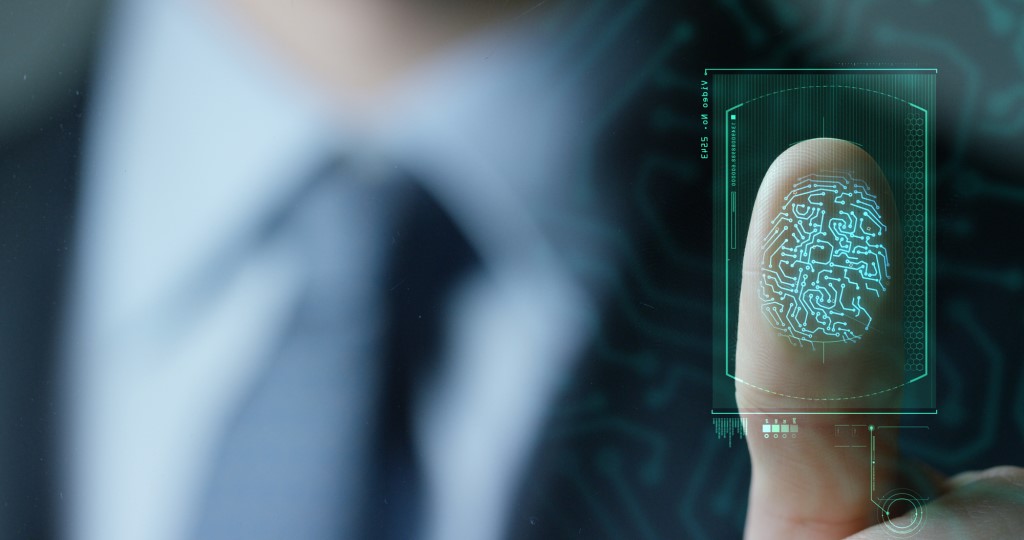This post was originally published on August 17th, 2017 and updated on December 5th, 2023.
As an Oracle HCM Cloud Time and Labor user, you can leverage your investment by adding and deploying fingerprint biometric time clocks into your workforce. With an integrated time clock, you will be able to enhance your return on investment of your time and attendance system.
Biometric Time Clocks Reduce the Risk of Overpaying for Labor
Managing labor costs is critical to managing the financial health of your company. A biometric time clock system helps control payroll by managing the costly ways it gets inflated.
Reducing Time Theft
Buddy punching is when one worker clocks in or out for another employee – this is a popular form of time theft. The American Payroll Association estimates it occurs in 75 percent of U.S. companies, costing employers significant revenue each quarter.
You might not think it’s happening at your company, but there’s a high chance it is – and it’s costing you money. Biometric time clocks are the best way to virtually eliminate buddy punching. Due to the uniqness of one's biometric makeup, no one template is the same, making it nearly impossible to buddy punch.
Reducing Unplanned Overtime
One reason companies combine attendance software with workforce management solutions like Oracle Time and Labor is to effectively control and reduce overtime costs. This integration improves the accuracy of scheduling, helping to prevent excessive overtime.
When an employee can clock in too early or leave work too late, it adds extra time to their hours. Collectively, these extra minutes each day convert to overtime. This can go unnoticed until the payroll processing stage when overtime pay is calculated.
A biometric time clock, designed to prevent early or late clock-ins and clock-outs, serves as a valuable tool to avoid unnecessary overtime expenses.
Avoiding Manual Workarounds
With traditional time clocks, employees can lose their credentials, which results in no punches for a shift or unmatched punches. An unmatched punch is an attendance record that has no corresponding pair – a punch in without a punch out or vice versa.
In both cases, employees must manually report their work hours. This manual workaround comes with all the costs, extra time, and human error you seek to avoid by using time clocks.
With a biometric reader, like a fingerprint time clock, employees always have what they need to clock in and out.
Biometric Time Clocks Improve Compliance with Labor Laws
Biometric time clocks offer accuracy, real time record-keeping, aiding in labor compliance and documentation for future justification.
Using biometric terminals guarantees that employees personally clock in (since an employee's personal trait is their form of punching in and out), providing HR and management with accurate work hour data. This enables proactive management of breaks to improve compliance.
If there are compliance errors, the company can find and fix them fast, which can prevent or reduce penalties.
Biometric Terminals Streamline Administrative Tasks
Manual timecard systems waste time with admin tasks like collecting cards and punching in data.
A biometric clock system, for example with a fingerprint reader, is faster and more accurate. The terminal can be configured to send punch data to Oracle or other back-end systems throughout the day.
When payroll, HR, and managers have the most current data fed into their systems automatically, it eliminates the expense, risks and time-lag of having to enter and reconcile attendance data manually.
By removing these tasks, managers and staff have more time to focus on important and productive work.
Don't be Fooled by False Economies
A less expensive time clock doesn't represent long-term cost savings. There are many ways the cheaper time clocks will cost you money in the end.
When it comes to the security and financial advantages biometric time clocks offer, they're your best option to get the greatest value from your time and attendance system investment.
ATS offers PeoplePoint Plus time clocks for Oracle, including a biometric reader option, keypad, swipe card, and proximity reader. They track employee time and seamlessly deliver it to your Oracle system.
Whether you need time clocks for a small business or a global workforce, we can configure your time and attendance system for maximum efficiency and effectiveness.
Contact us today to talk to see how our solution will help you optimize your system.




